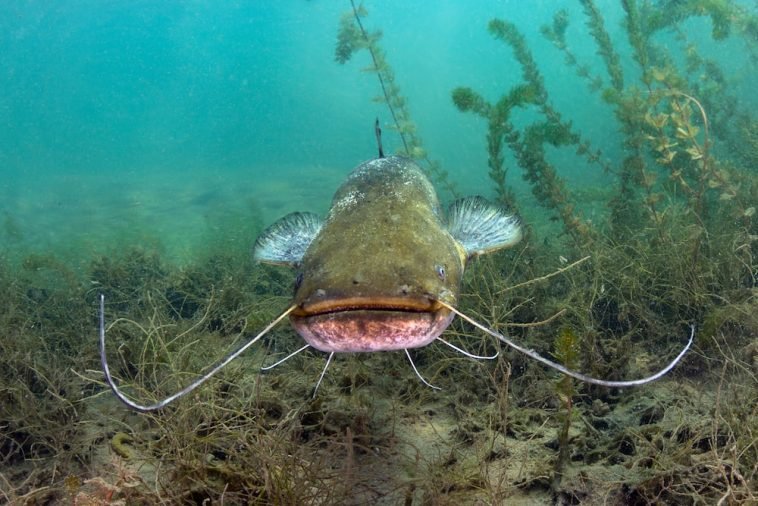Introduction.
Starting a catfish farming business in Nigeria is a great way to invest in the agricultural sector, make a steady income, and contribute to the country’s growing demand for fish.
Catfish is one of the most consumed types of fish in Nigeria due to its delicious taste and high nutritional value.
The good news is that catfish farming doesn’t require too much space or equipment to get started.
If you’ve been thinking about venturing into agriculture, this guide will help you understand the ins and outs of setting up a successful catfish farm.
I’ll break everything down step by step so that you can start confidently and avoid common mistakes.
Why Catfish Farming is a Good Idea
Catfish farming has grown massively in Nigeria over the years because it’s profitable and relatively easy to manage.
Nigeria is one of the largest consumers of fish in Africa, with over 2 million metric tons of fish consumed annually.
However, local fish production doesn’t meet this demand, leaving a gap for importation. That’s where catfish farming comes in—to reduce reliance on imports and meet local demand.
Catfish is also a good choice because it grows quickly, adapts well to artificial environments, and has a strong market presence.
Restaurants, food vendors, and individuals constantly need fresh fish, which ensures a steady customer base.
What You Need to Start Catfish Farming
Starting a catfish farm requires some planning, but you don’t need a huge amount of money or land to get started. Here’s what you’ll need:
1. Land or Space
You don’t need a big farm; even a backyard can work if you’re starting small. The size of your space will determine the number of catfish you can raise.
A medium-sized pond is enough for beginners, but make sure the area has access to clean water.
2. Ponds
There are different types of ponds to choose from:
- Concrete Ponds: Durable and easy to maintain.
- Earthen Ponds: These are cheaper and closer to a natural habitat but require more maintenance.
- Plastic or Tarpaulin Ponds: Good for small-scale farming or experimental setups.
3. Fingerlings or Juveniles
Fingerlings are baby catfish, and juveniles are slightly older and stronger catfish. I recommend starting with juveniles since they have a higher survival rate. Buy from a reliable hatchery to ensure healthy stock.
4. Water Supply
Water quality is crucial. Catfish need clean, oxygen-rich water to grow well. If you can’t get a borehole, make sure you have access to a constant water source, such as a river or treated well water.
5. Fish Feed
Feeding accounts for a big chunk of your expenses, so it’s important to use high-quality feed. There are different types of feed like floating pellets, which make it easier to monitor how much your fish are eating.
6. Knowledge and Training
Before diving in, learn as much as possible about catfish farming. You can take online courses, attend workshops, or visit existing farms to see how things are done. This will save you from costly mistakes.
How Do I Start Catfish Farming?
Let’s break it down step by step:
Step 1: Plan Your Farm
Decide how big you want your farm to be and how many fish you want to raise. This will help you figure out the space, pond size, and initial costs.
Step 2: Build or Set Up the Pond
Choose the type of pond that fits your budget and space. Ensure proper drainage and aeration systems are in place to keep the water fresh.
Step 3: Stock Your Pond
Once your pond is ready, buy healthy juveniles from a reputable supplier. Don’t overcrowd the pond; the recommended stocking density is about 2–3 fish per square meter.
Step 4: Feed the Fish Properly
Feed your catfish twice daily—once in the morning and once in the evening. Avoid overfeeding to prevent water pollution. Monitor their growth and adjust feeding rates as needed.
Step 5: Monitor Water Quality
Regularly change the water to remove waste and keep the fish healthy. Use a water-testing kit to check for pH and oxygen levels.
Step 6: Harvest and Sell
Catfish is usually ready for harvest within 4–6 months, depending on the size you want. You can sell to local markets, restaurants, or directly to consumers. Make sure your pricing is competitive but profitable.
Cost Breakdown
The exact cost of starting a catfish farm depends on the scale of your operation. Here’s a rough estimate for a small-scale farm:
- Land rental or preparation: ₦50,000–₦150,000
- Pond setup: ₦50,000–₦300,000 (depending on the type of pond)
- Fingerlings/juveniles: ₦20,000–₦50,000 for 1,000 juveniles
- Feed: ₦100,000–₦200,000 for 4–6 months
- Miscellaneous (water, labor, equipment): ₦50,000–₦100,000
Overall, you might need around ₦300,000–₦500,000 to start small. For larger farms, costs can go much higher.
Challenges of Catfish Farming
No business is without its challenges, and catfish farming is no exception. Here are a few common ones:
- High Feed Costs: Fish feed is expensive, and prices keep rising.
- Water Management: Poor water quality can lead to diseases or death.
- Market Access: Finding reliable buyers can be tricky, especially if you don’t have a strong network.
To overcome these challenges, plan carefully, invest in quality inputs, and build good relationships with potential customers.
FAQs
Q: How much can I make from catfish farming?
A: The profit depends on the scale of your farm and market conditions. For example, raising 1,000 catfish to maturity can yield a profit of ₦150,000–₦300,000 after expenses.
Q: Can I start with no prior experience?
A: Yes, but I recommend gaining basic knowledge through training or by visiting other farms to learn firsthand.
Q: What’s the best feed for catfish?
A: Floating pellets are ideal because they are easy to monitor and have balanced nutrients for growth.
Q: How do I find buyers?
A: Build relationships with local restaurants, food vendors, and market sellers. Social media platforms like WhatsApp and Facebook can also help you find customers.
Conclusion
Catfish farming in Nigeria offers a promising opportunity to make money while contributing to food security.
With proper planning, commitment, and a focus on quality, you can build a thriving business. Start small, grow your skills, and expand as you gain experience.
What’s holding you back from starting your catfish farming journey?





GIPHY App Key not set. Please check settings